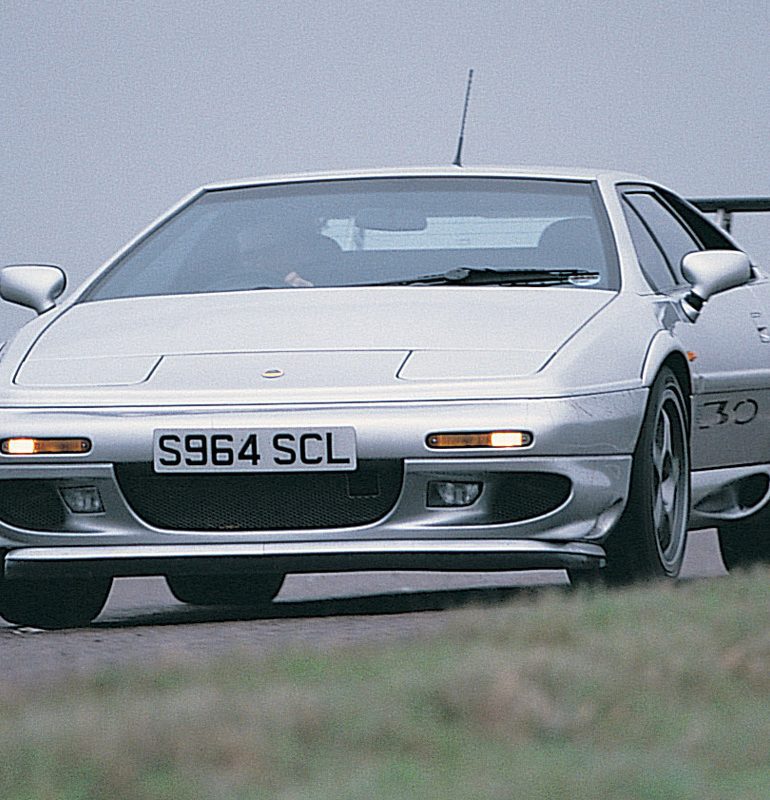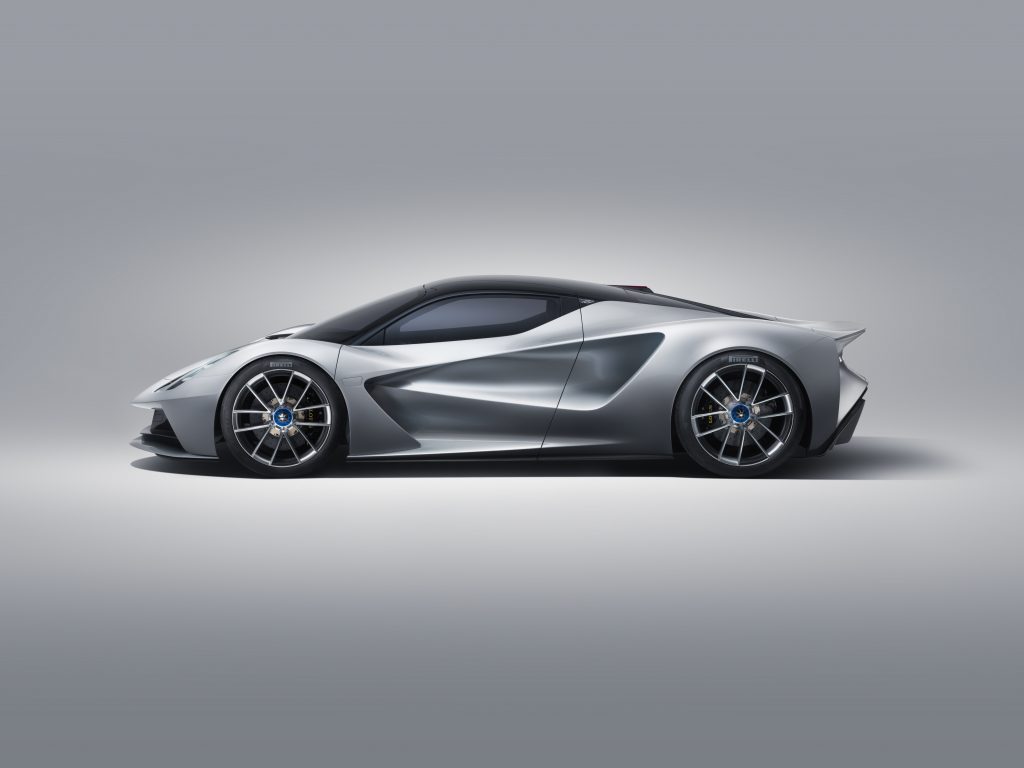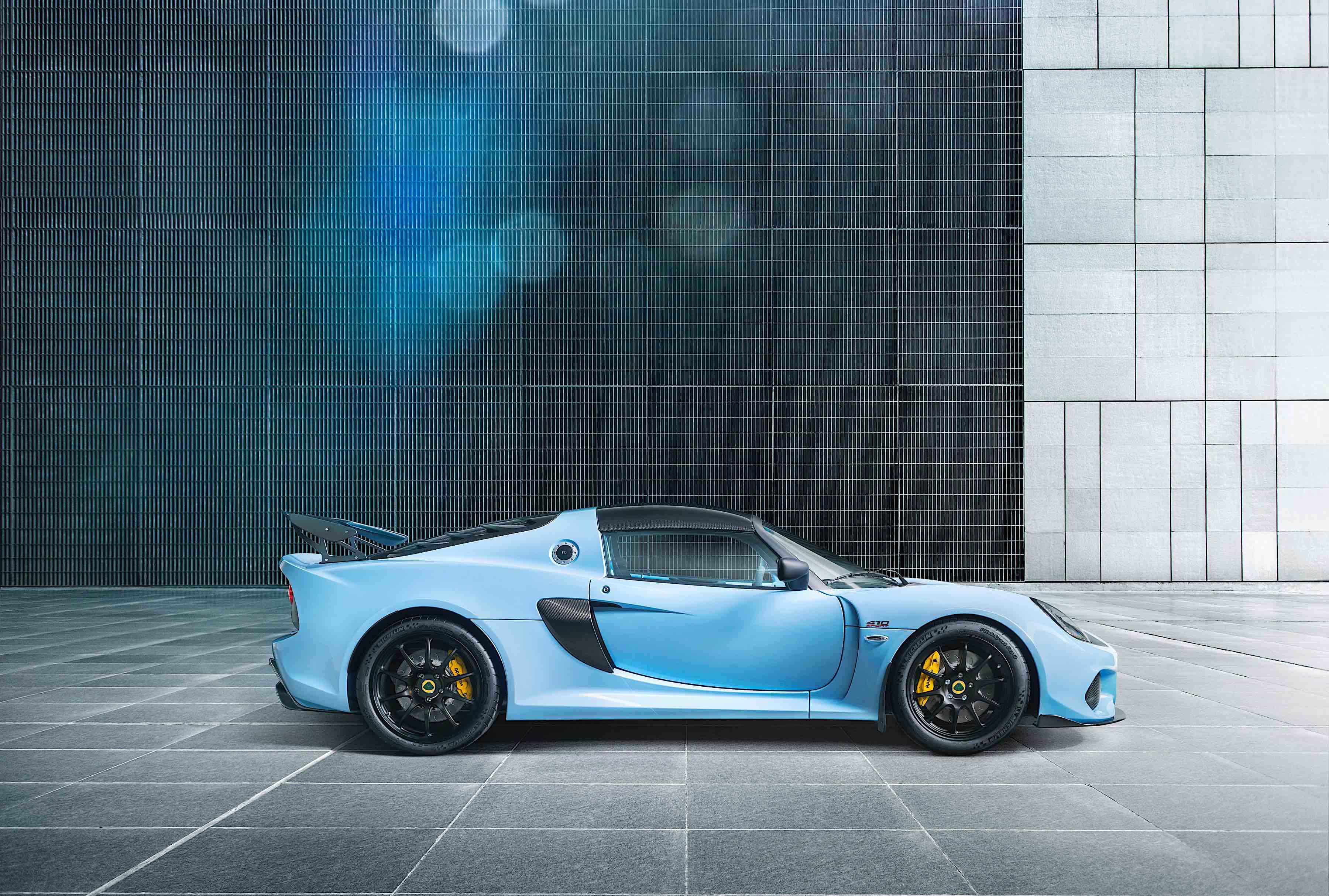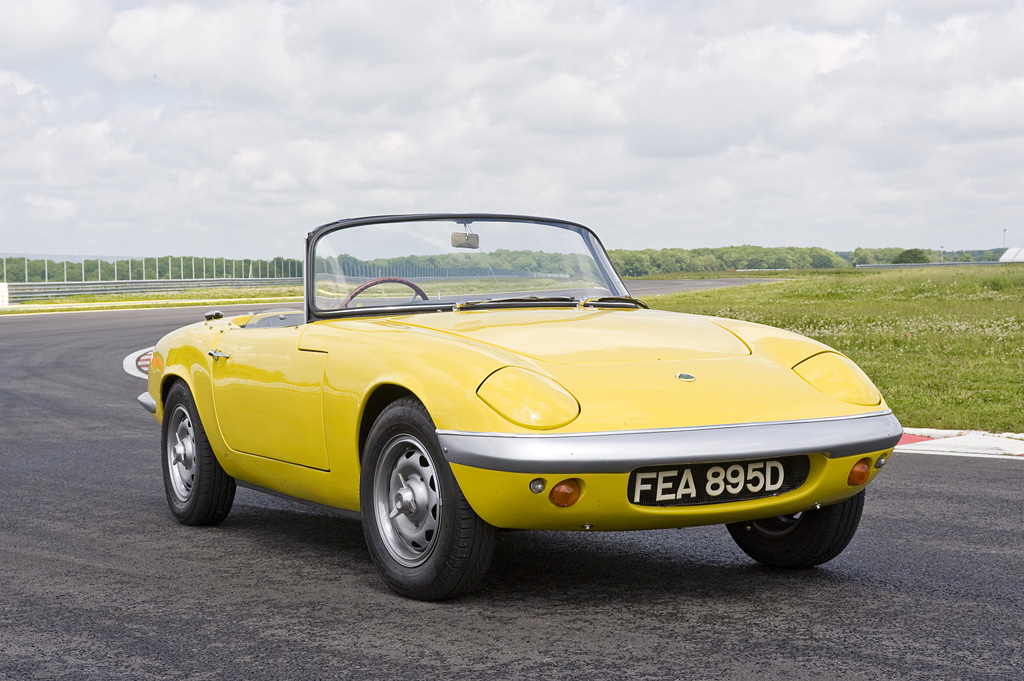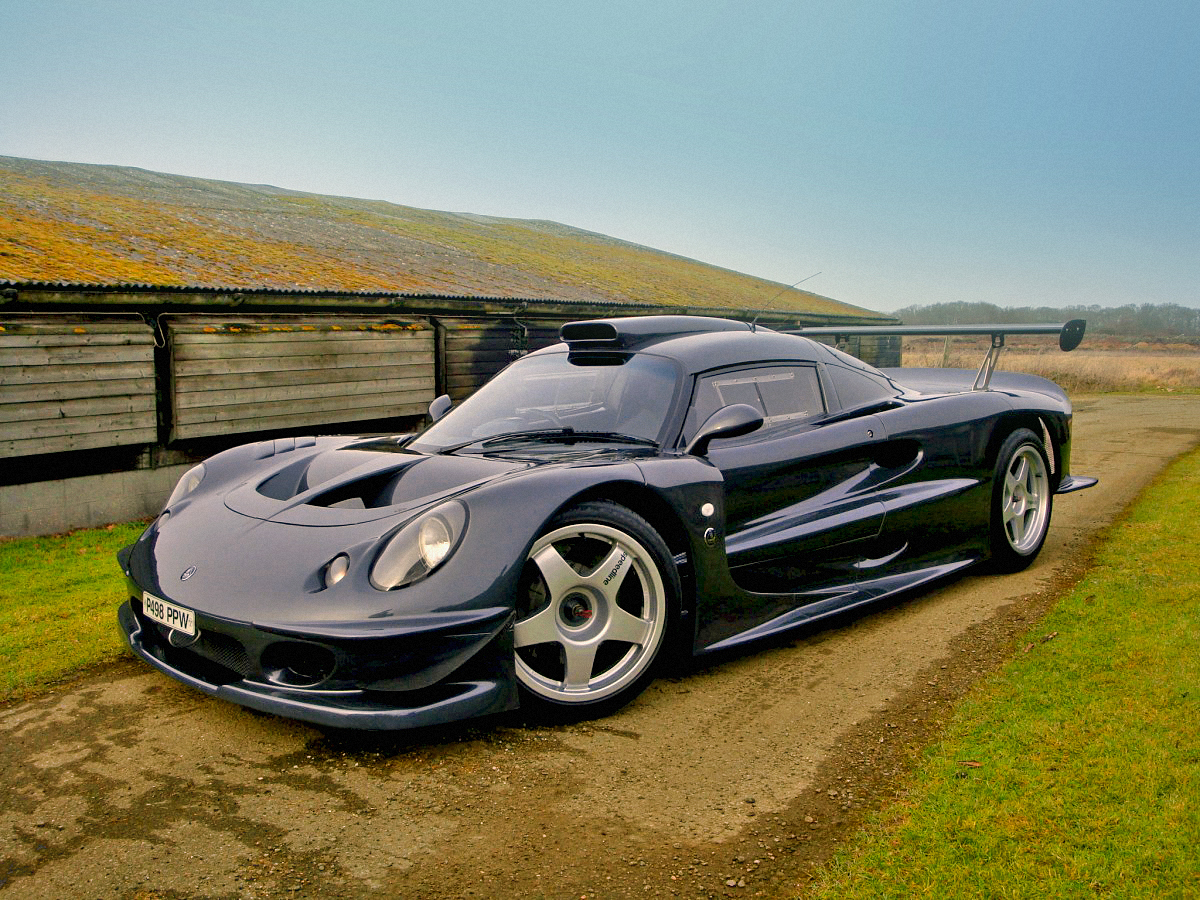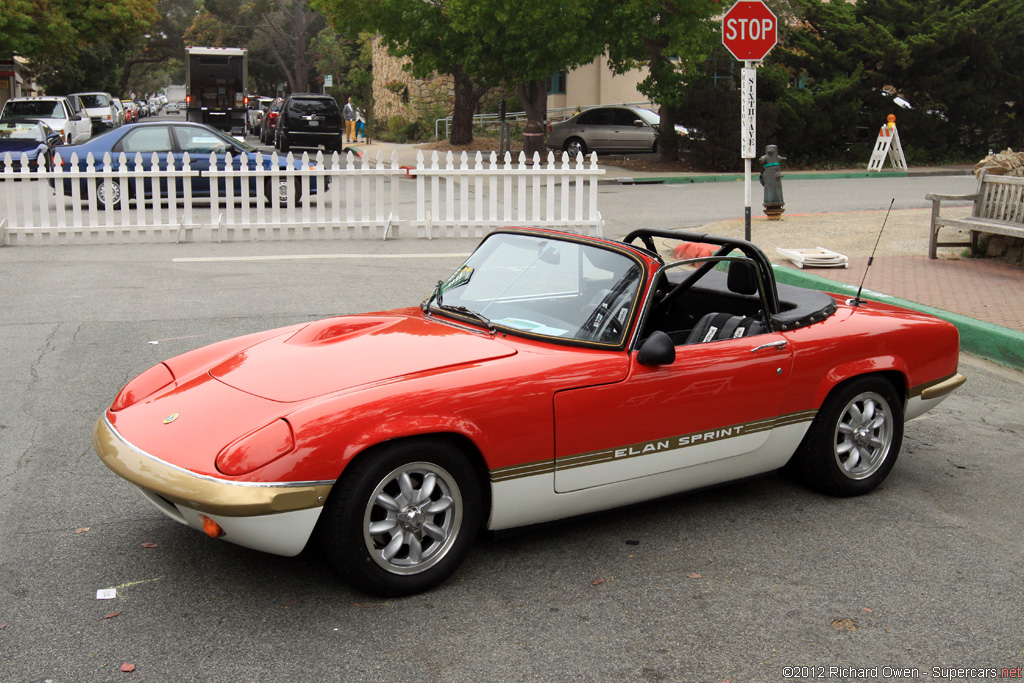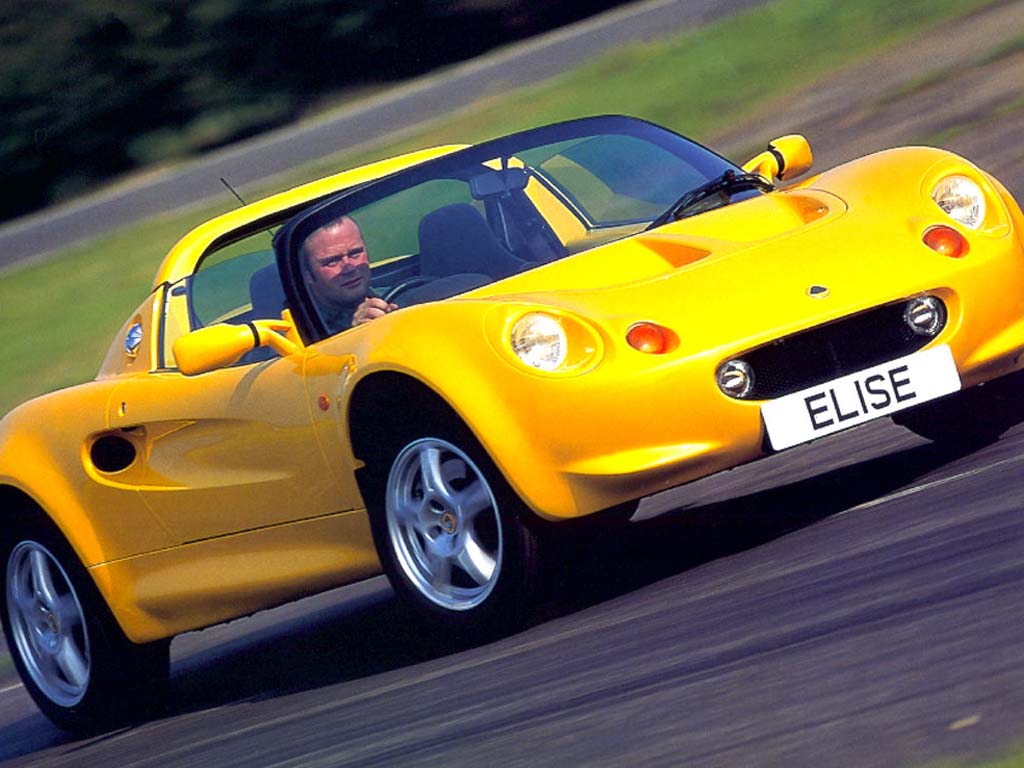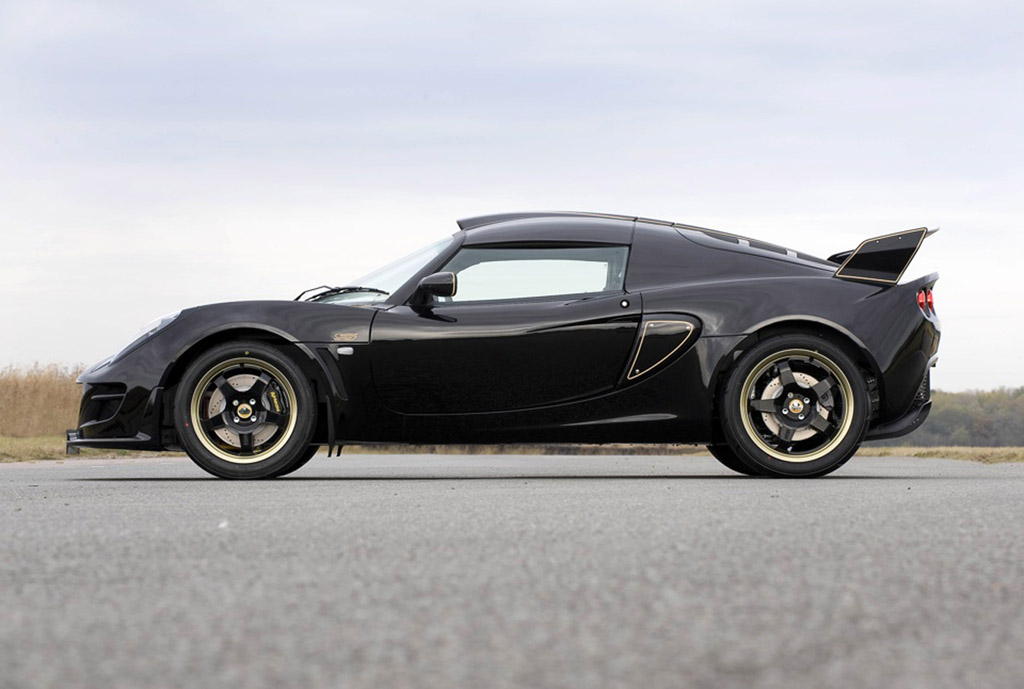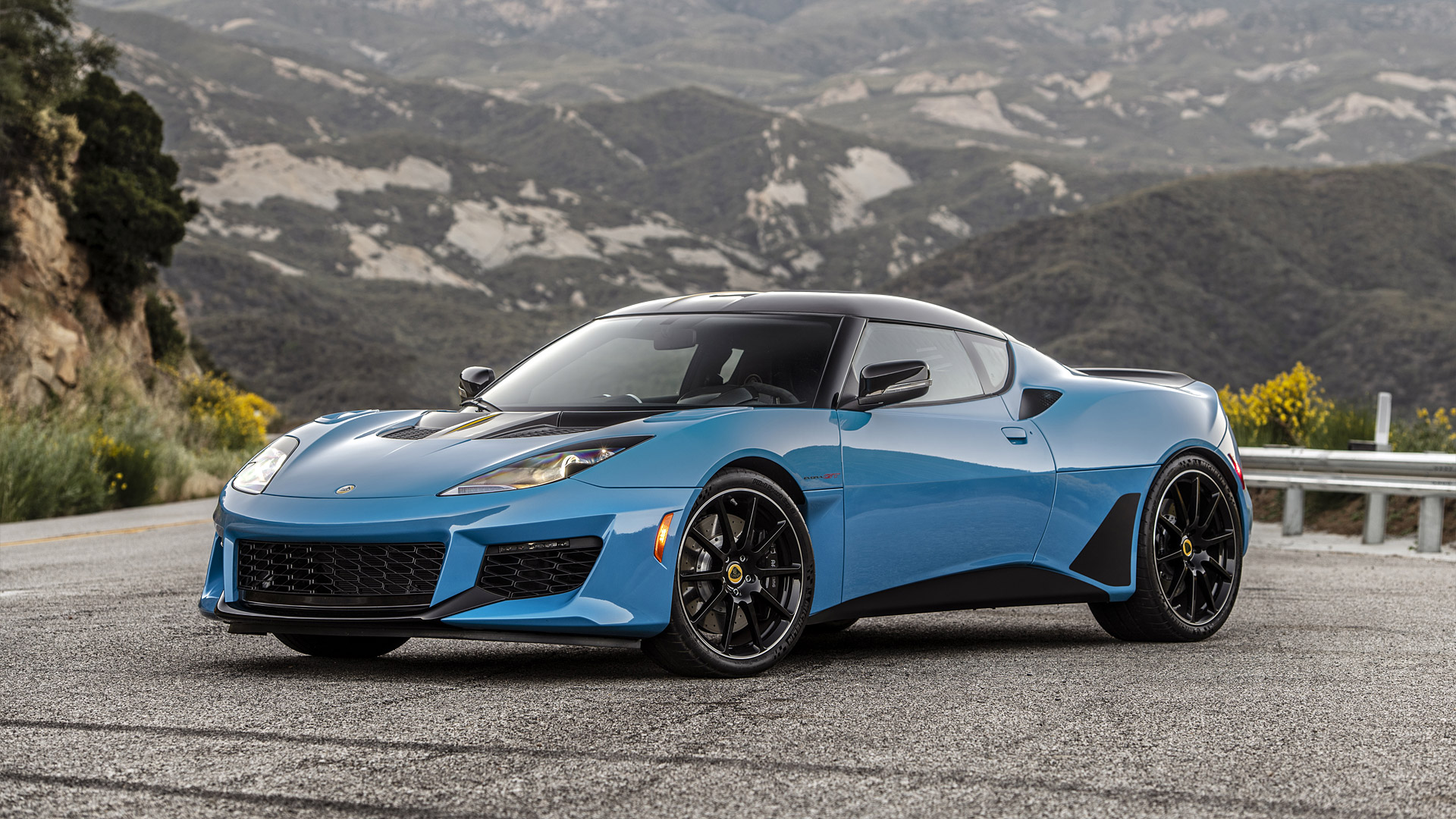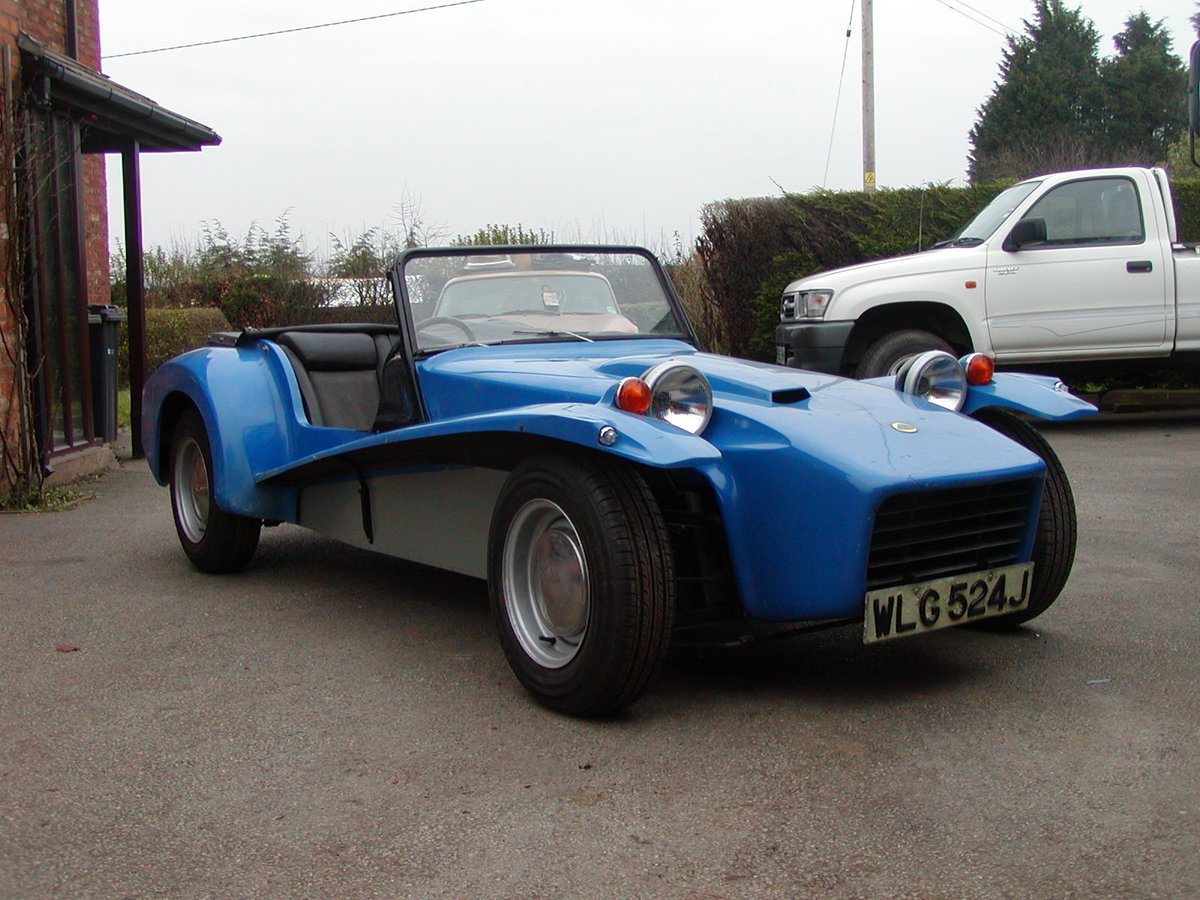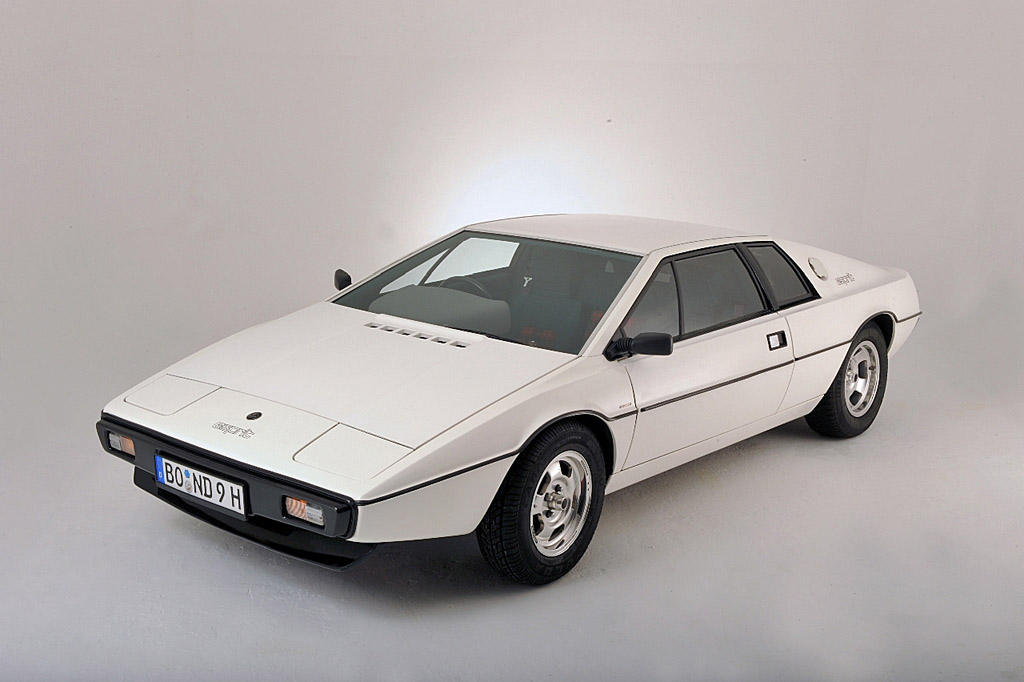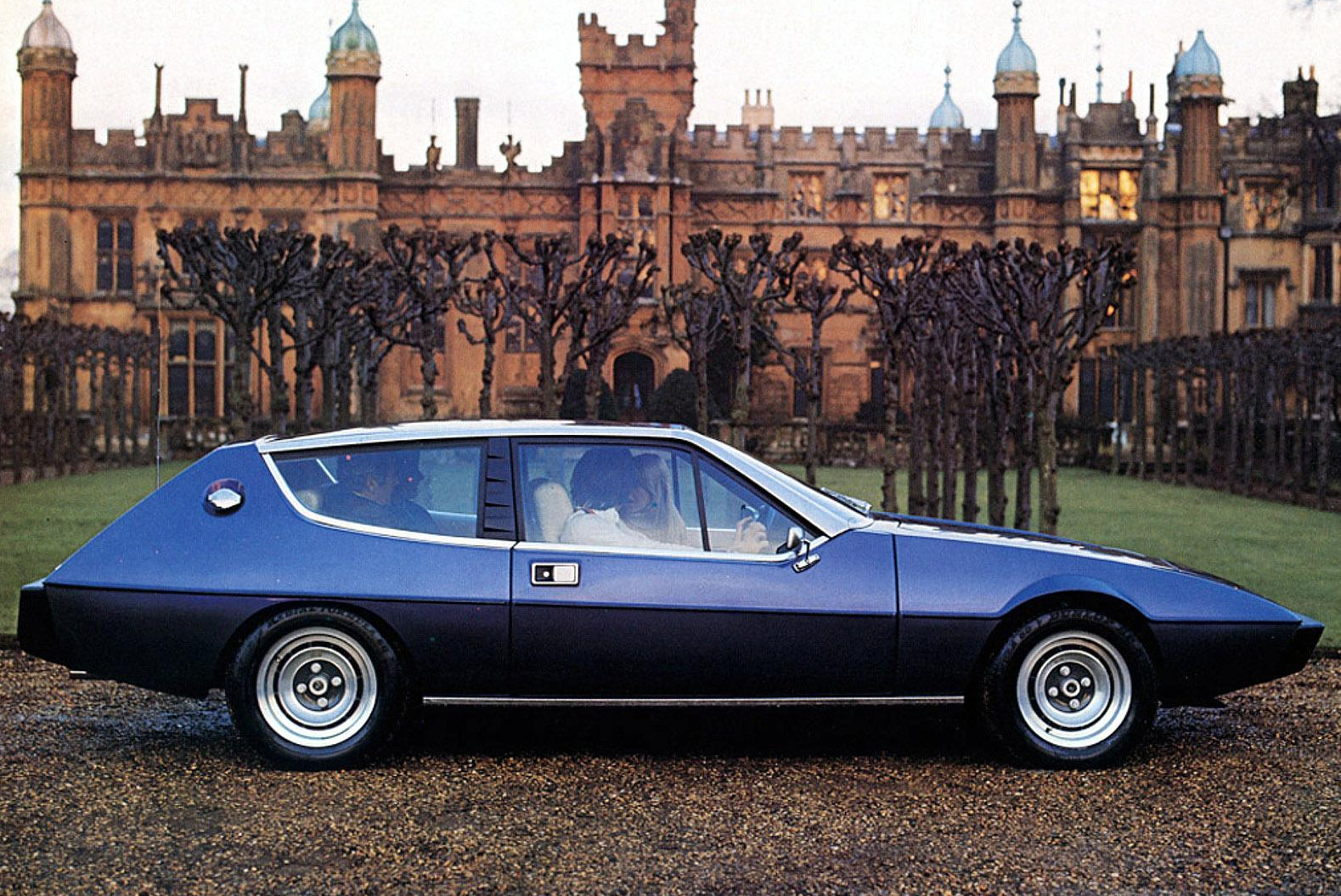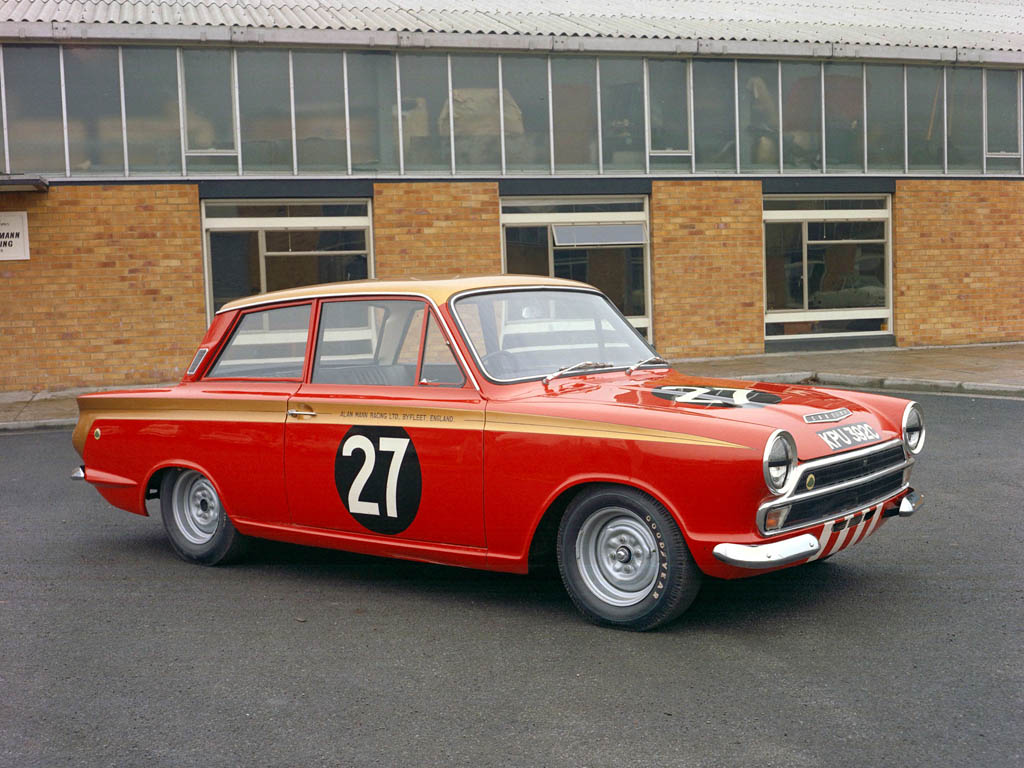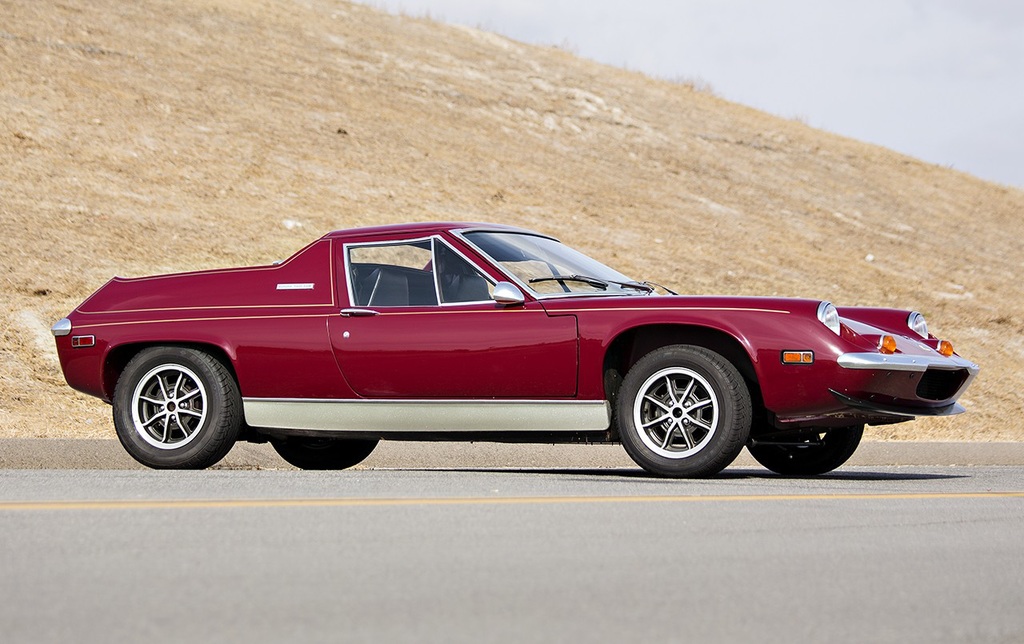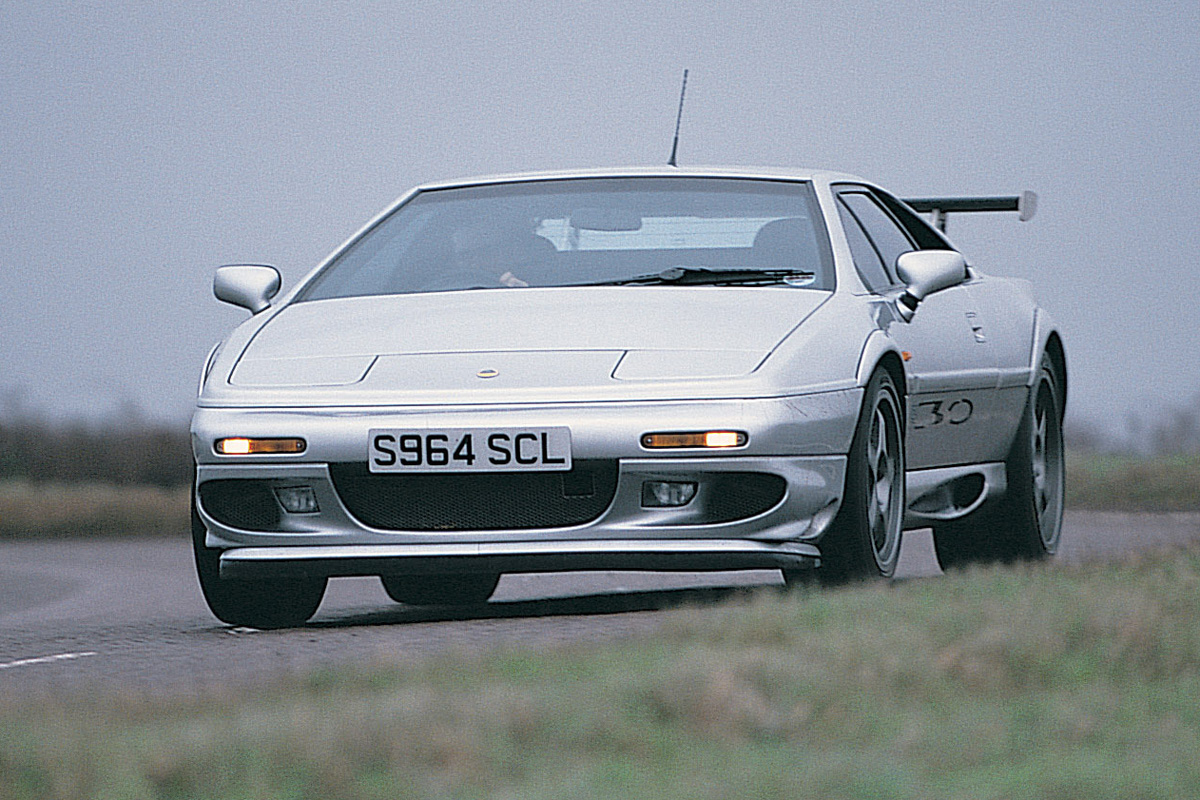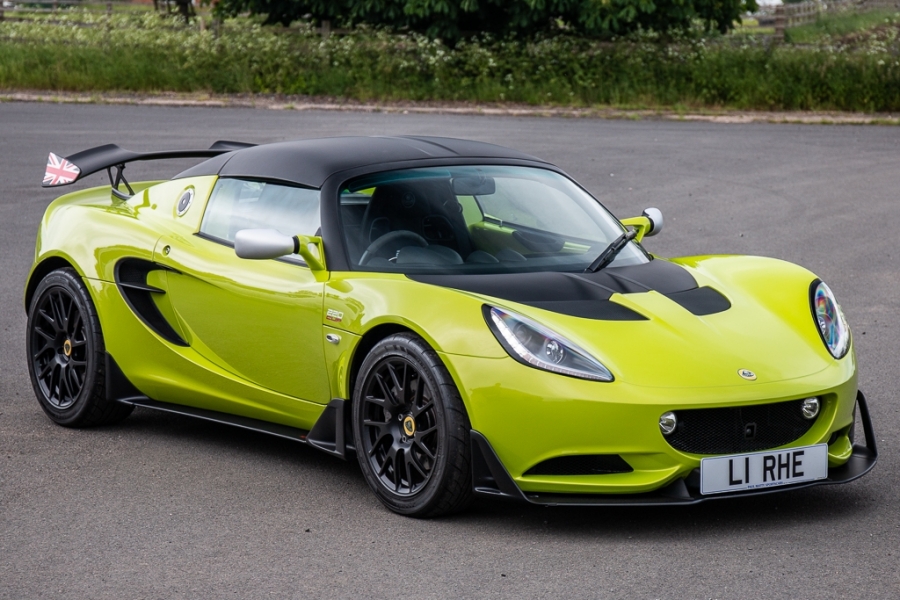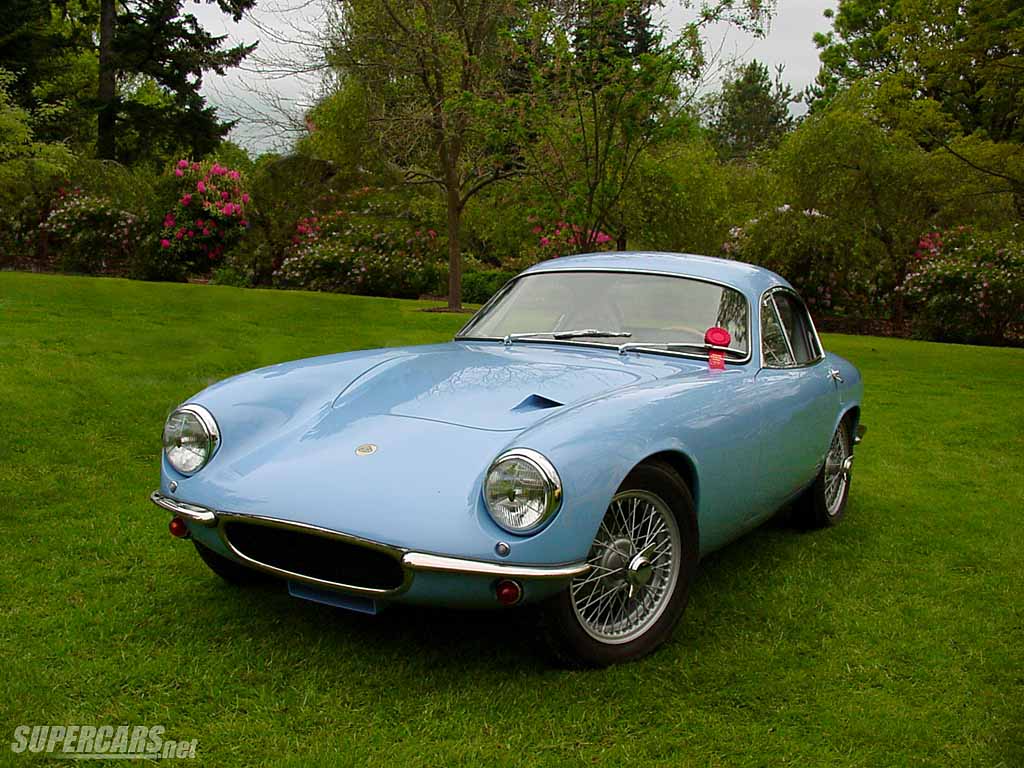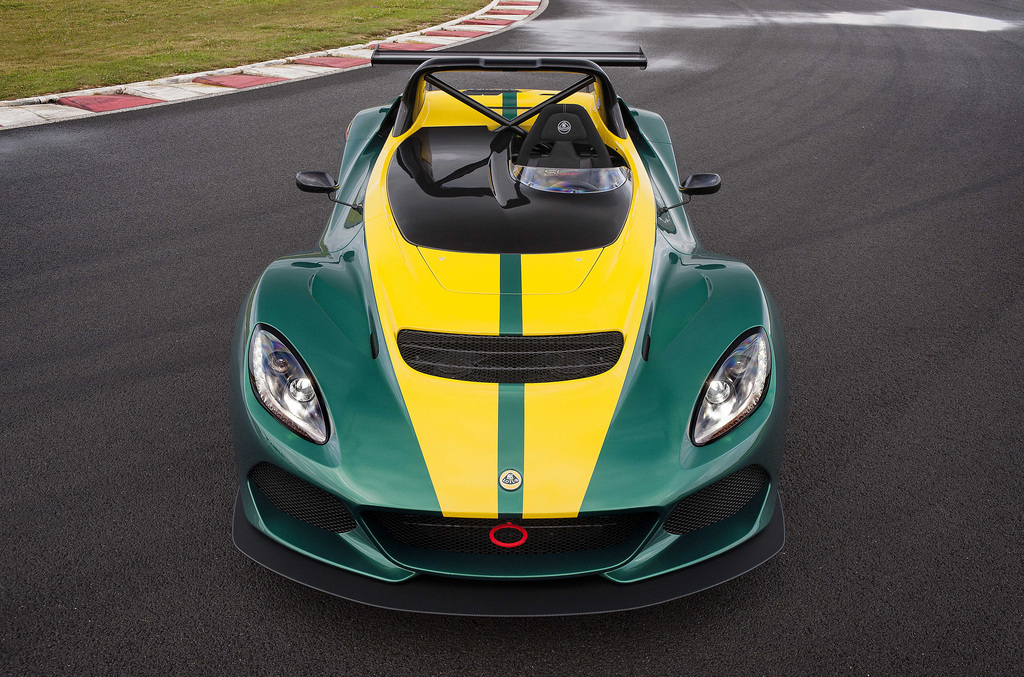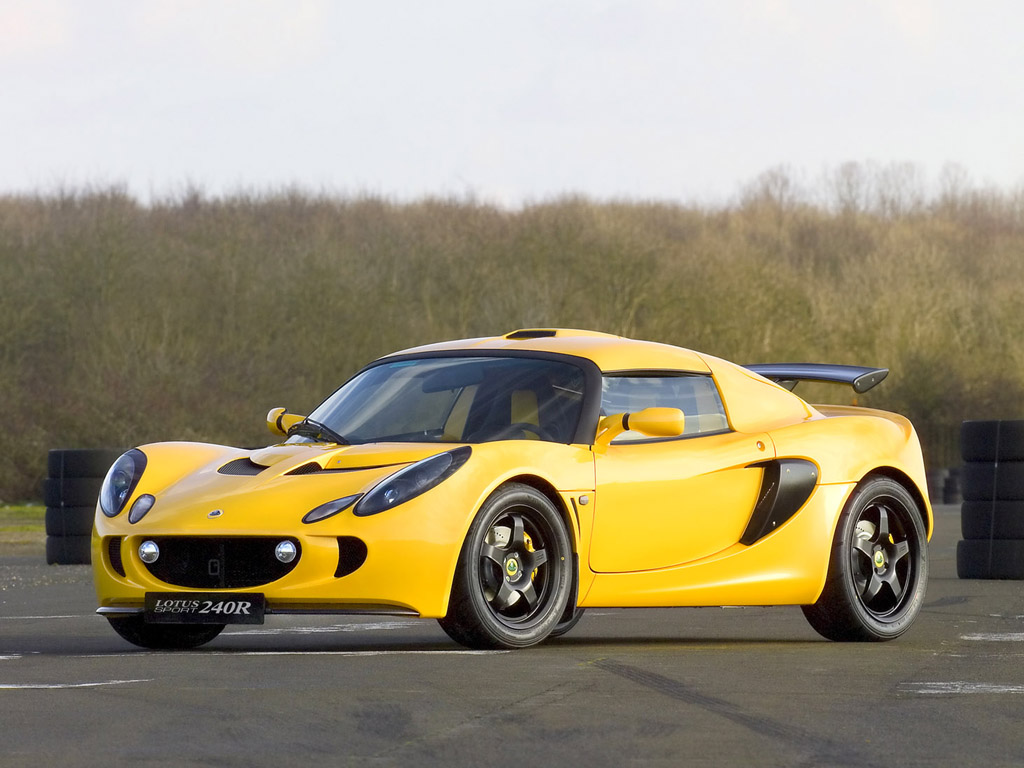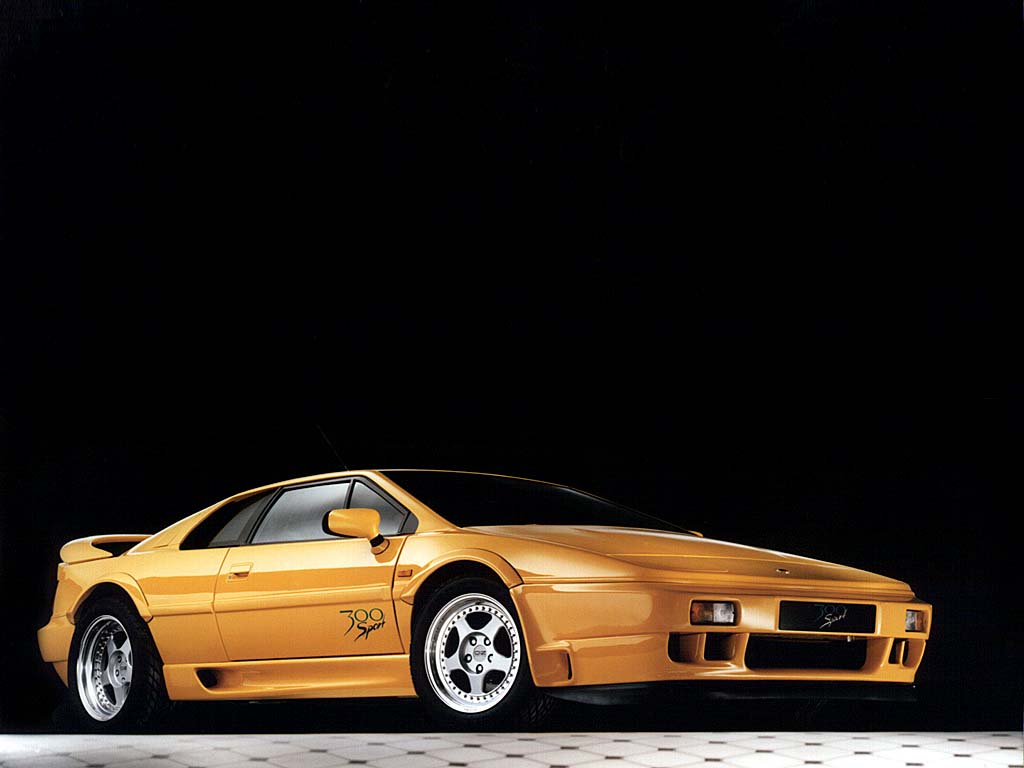From the Esprit to Elan to Elise, here are the top 20 Greatest Lotus Cars Ever Produced
Hot on the heels of our best Lotus race cars list we now are diving into the best Lotus production cars ever made. This all came about of course because we spent weeks creating a list of every Lotus model ever made and reviewing the current Lotus lineup and that process got the old creating juices flowing.
Lotus has a storied history as a manufacturer and racing team. Founder Colin Chapman is arguably one of the most brilliant automotive engineers to ever walk the planet and is responsible for some of the exciting original thinking when it comes to engineering cars. While this brilliant innovation has not always lead to sustainably strong financial results, it has always lead to the creation of some epic sports cars.
So sit back and enjoy our list of the greatest Lotus cars ever made.
It includes names like the Elise, Exige and Evora which will mean something to our younger readers, but it also has some classics too. We found a few Esprit’s we believed were worthy and a handful of Lotus Elans that pulled at our automotive heartstrings. We even added the Lotus’ brand new electric hypercar, the Elija to show that we aren’t just old guys relieving the good old days.
As always when we create our special car lists, we aim to be specific. It is way too easy to just say the “Lotus Esprit” or “Lotus Elan” make the list of best Lotus’ ever made, but it is harder to actually name the specific Esprit and Elan that deserves the spot.
Here our our favorite Lotus production cars:
Note: We did not include Lotus concept cars or Lotus race cars in this list. We also did not include cars that are made by other manufacturers that are based on Lotus cars.
Lotus Evija
$2.1 million electric hypercar
The 2020 Lotus Evija is 2,000 hp EV hypercar that starts at $2.1 million. The production electric hypercar is limited to just 130 units. It has four electric motors for a combined total output of 1,970 hp and 1,254 lb/ft of torque. The battery is placed in the middle of the car where a typical internal combustion mid-engine car would have its beating heart, meaning this helps with weight distribution.
The electric motors are sourced from Integral Powertrain Ltd, and feature helical gear ground planetary gearboxes that are extremely slim. The gearbox and motor are all packaged together into one cylindrical unit for each drive unit, meaning it’s all quite compact and lightweight.
Lotus Exige Sport 410
Lights V6 Exige yet and the sweet spot in the range
This was a tough choice. We love the Exige Cup 430, Lotus’ wildest incarnation of its fire-breathing, point-to-point two-seater Exige and it was going to be our choice, BUT then we tested the Exige Sport 410 and it is a better car. It slots between the extreme Exige Cup 430 and the entry level Exige Sport 350. The Exige Sport 410 is the pick of the bunch.
The Lotus Exige Sport 410 boasts a recalibrated version of the ubiquitous supercharged Toyota 3.5L V6 engine. Class-leading power to weight ratio of 389 hp/tonne comes from being the lightest V6 Exige ever. Available in both coupe and roadster configurations.
The Exige 410 is all about being driven. It is small and light with an incredibly mechanical setup, communicating its surroundings in a way only a Lotus can and involving the driver like no other car on the planet. It really is that good.
Lotus Elan S2
Fixed most of the S1 Elan issues
In October 1962, the Lotus Elan sports car, also known as the Type 26, was launched at the Earls Court Motor Show in London as the Elan 1500. Colin Chapman visualised the Elan as being a replacement for the Lotus Seven and the Elite.
Frankly, the original Elan had a lot of issues which is why it doesn’t quite make our list of greatest Lotus cars. By the time the Elan S2 arrived in 1962, most S1 faults were overcome. The Series 2 were fitted with larger disc brakes and an uprated interior. The earliest S2 cars were hard to distinguish from S1 except for those interior changes.
Lotus Elise GT1
Elise + LT5 V8 + Le Mans = This
This makes our best Lotus cars list because Lotus actually went ahead and made it. Lotus wanted to go racing in Le Mans (stop me if you have heard this one before). Of course in the 1990s that meant at least one of the “racing” cars had to be road legal. Cue the Lotus GT1.
The Lotus Elise GT1 utilized a production aluminum chassis with custom carbon fiber body that was optimized for endurance racing. Out went the Elise’s inline-four, swapped for a monster twin-turbo 6.0-liter version of the C4 Corvette’s LT5 V8. Reliability proved to be a problem for all seven chassis that were built, with the best success being a fifth place at Helsinki.
Elan Sprint
Light, fun and peak Elan
While the Lotus Elan S2 above makes our list, there is no doubt that the sweetest Elan was in fact the Elan Sprint. The Elan evolved over a dozen years, gaining a bit more power, a companion coupe, and nicer appointments, even a stretched “+2” coupe series. But it is the final variant (of the original version), the 1971-74 Sprint that was the best.
In 1971 Lotus released the Sprint as the ultimate Elan. It used the big-valve cylinder head in conjunction with striking paint schemes that celebrated the success of Lotus Players F1. Key to the Sprint was the big valve engine which produced 126 bhp thanks to its D camshaft and 10.3:1 compression. This was developed by Tony Rudd in only 10 days. The Sprint also came with all the S/E features such as knock-off wheels (painted black), inertial-reel seat belts, servo-assisted brakes, nylon-pile carpets and a leather-covered steering wheel.
Lotus Elise S1
The original and still the best
Conceived as a low production model, the Elise has shattered sales expectations and returned Lotus to the forefront of sports car production. The original S1 Lotus Elise introduced a range of technologies that revolutionised the automotive industry; such as a chassis made from extruded and bonded aluminium, a composite energy absorbing front crash structure and lightweight composite body panels. The whole car weighed in at half the weight of an average family saloon.
This light weight bestowed the car with phenomenal acceleration and handling. In 1996 the Lotus Elise was easily pulling 1g in steady state cornering with standard production tyres and a 0-100km/h in 5.9 seconds. There are faster and more modern Elise variants that make our list, but the original may still be the best and deserves a spot at the very top of the best Lotus cars ever made list.
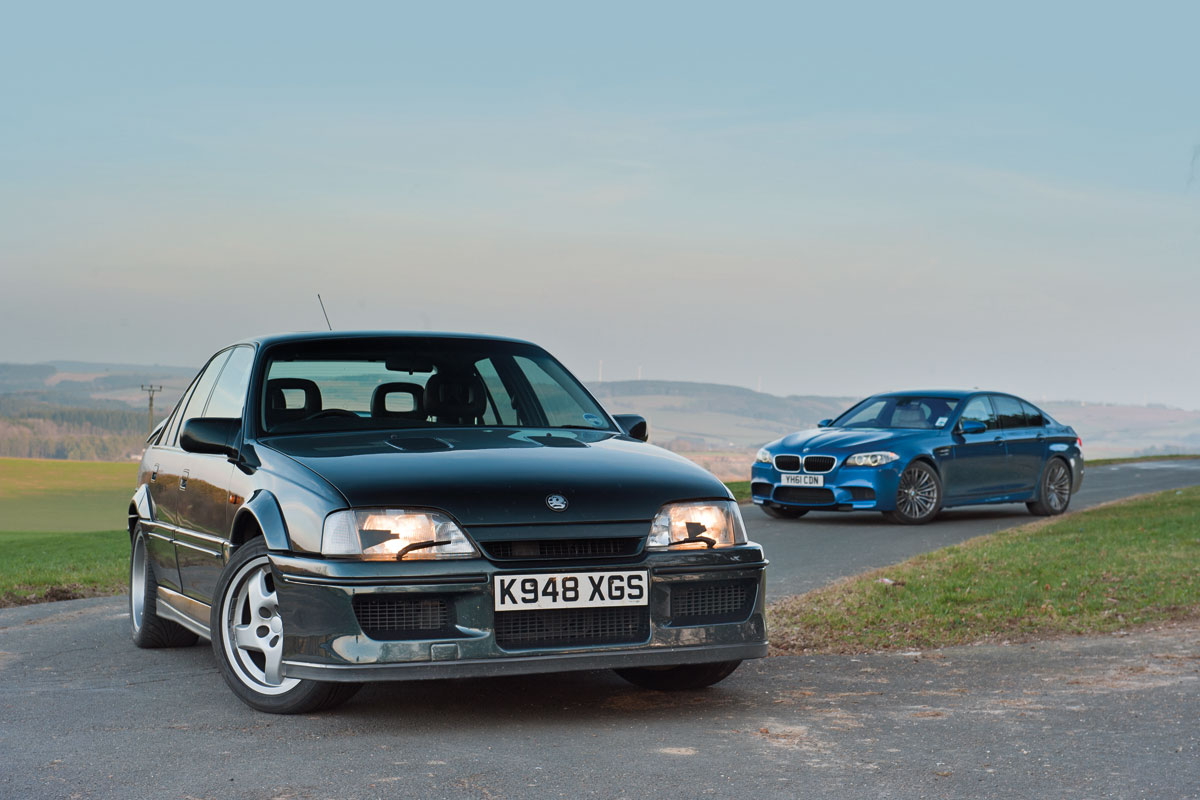
Lotus Carlton
Made the BMW M5 look ordinary
When Opel and Vauxhall wanted to improve the image of their platform car, they called Lotus. Lotus used the Vauxhall Carlton 3.0 GSi 24v as a base for the car, improving almost every component.
Known as Type 104 internally, this was way more than just a tuned version of the Opel/Vauxhall saloon. It had true Lotus DNA and the result was one of the most engaging and fast saloons of the 1990s.As expected, Lotus spent a lot of time reworking the suspension, brakes and aerodynamics. This super-tuned saloon offered the the fastest four-door experience in 1989. It was leaps and bounds ahead of the competition which included the BMW M5.
Lotus Exige S Type 72
Iconic Type 72 color scheme + Exige awesomeness
Our pick for the best Series 2 Exige has to be the Type 72 commemorative car (although the Exige Matt Black Final Edition is also pretty special).
The Lotus Exige S Type 72 was an evocative sportscar, combining cutting edge handling and performance with the iconic Type 72 color scheme, one of the most famous racing liveries of all time. Built to celebrate the most successful F1 car of all time, the Lotus Type 72 Formula One car, which achieved 20 Grand Prix victories between 1970 and 1975. We chose this car for our top Lotus cars ever because it is the amazing Exige coupled with our favorite Lotus race car ever.
The color scheme of the Exige S Type 72 commemorates the famous and easily recognisable black and gold Lotus Type 72 livery and is finished by the same sign writer who painted racing cars for Team Lotus. Performance through light weight has long been a Lotus philosophy. The 935kg Exige S Type 72 sprints to 60 mph in just 4.5 seconds and to 100 km/h in 4.7 seconds, before reaching a top speed of 145 mph
Lotus Evora GT
Constant improvements lead to the perfect Evora
Road & Track nailed it when they said “this is what nine years of improvement looks like“. We always loved the Evora but deep down it always a little flawed, a little behind cars like the Porsche Cayman and 911. That is until now. The current Evora GT has nailed the formula and is easily the best Evora yet and nigh on perfect if you want a 2+2 sports car.
The Evora GT is made specifically for the North American market and the good news is that it is a current Lotus model so you can walk into your local Lotus dealer and get your hands on the most powerful street-legal Lotus available right now.
The Evora GT features either a two-seat or a 2+2 seat arrangement. It also comes with a 3.5-liter supercharged six-cylinder engine that puts out 416 hp and 317 lb-ft of torque. That engine is paired with a six-speed manual transmission or a six-speed automatic transmission (only a masochist would buy the automatic in this car). This powertrain makes for a 0-60 mph time of just 3.8 seconds. The car’s top speed? It’s 188 mph. In terms of chassis and suspension, it is typical Lotus awesomeness. Steering is hydraulically boosted and delivers magical feedback and feel, the car goes wherever you point it, every single time.
Lotus Seven (S4)
No-frills sports car done right
The Lotus Seven was launched as a ‘no-frills’ sports car. The Lotus Seven began as an uprated version of the successful Lotus Mark 6 (which was the first production sports car for Lotus). Steel tube frame with aluminium bodywork, later with glass-fibre nose and fenders. A variety of engines were used. Produced mainly in kit form, it enables many enthusiasts to own a dual-purpose road/racing sports car at a reasonable price. Four basic variants are produced by Lotus until 1973, when the rights to manufacture were taken by Caterham Cars Ltd., which still produces the Caterham Seven (a development of the Lotus Seven Series 3).
It was tweaked and improved over the years and with the S4 Lotus basically nailed the formula. In 1970, Lotus radically changed the shape of the car to create the slightly more conventional sized Series 4 (S4), with a squarer fibreglass shell replacing most of the aluminium bodywork.
Lotus Esprit Car S1
The most famous Lotus
The Lotus Esprit was first shown to the world as a styling exercise by the famous Italian design studio of Giugiaro Design in 1974. The show car was so successful, and inquiries so great, that Lotus committed to taking the successor to the Europa into production. Glass-Fibre bodied, steel backbone chassis and Lotus’ own 907 multi-valve engine mounted mid-ship with 4 wheel independent suspension were all features of these first Esprits. With the Esprit, Lotus entered the modern supercar market for the first time. It’s exotic shape was good enough to extend production from 1976 all the way to 2004.
The Series 1 is easily the most recognizable name in the Lotus family as it was used in the James Bond film, “The Spy Who Loved Me”. The Lotus Esprit was perhaps the most advanced car Bond has driven, it had the capability to transform into a submarine, and an array of other ingenious gadgets.
Lotus Elite Type 75/83
Stunning shooting break 2+2
This are the coolest looking car Lotus has ever made. The Lotus Elite Type 75 and Type 83 were produced from 1974 to 1982, with a limited production run of just 2,535 units combining the Type 75 and Type 83. The shooting-brake styling allowed the Elite Types 75 and 83 to have a practical 2 + 2 setup. It has a rear hatch, which allows access to the rear cargo area. The Type 75 featured vacuum-powered pop-up headlights. The cars featured a 2 liter DOHC engines that produced 155 hp. The 4-valve engine was paired with either a 5-speed manual transmission or the 4-speed automatic, depending on the trim level.
Lotus Cortina
When Ford came knocking on Lotus’ door
Ford of England came to Lotus to build 1,000 special Cortina GT’s with a twin cam engine to compete in Group 2. The Lotus Cortina sported a completely different rear suspension, light alloy body panels and Lotus Twin Cam engine. Top speed was 105 mph, 0-60 in 9.9 sec.
The Ford-Lotus Cortina was dominant in competition events, the peak being Jim Clark winning the British Saloon Car Championship in 1964. The production Lotus-Ford Cortina was sold through Ford dealers as ‘The Consul Cortina Sports Special’. Approximately 7,400 cars were made over its production life.
Lotus Europa John Player Special
Unbelievable handling and roadholding + cool looks
1964 was the year Colin Chapman set about creating the birth of one of the lowest slung coupes ever made – the Lotus Europa. The Europa became the first truly roadable mid-priced, mid-engined, street car produced. Unbelievable handling and roadholding they were often described by motorcar journalists as the nearest thing to a Formula car for the street.
In 1971 Lotus released the Europa Twin Cam (Special) which was the third-series Europa featuring a redesigned body shell helping improve rearward visibility. The Renault engine was replaced by the more powerful 1558cc Lotus-Ford twin-cam motor. Originally known as the Europa Twin-Cam, the Series 3 was renamed the Europa Special. Our pick for this greatest Lotus ever list is the little known 1972 John Player Special Europa.
To honour Team Lotus’s victory in the 1972 and 1973 F1 World Championships, John Player Special (JPS)was released to commemorate the success. Each had black with gold pinstripes and numbered badge. The JPS was one of the very last Europa models released.
Esprit Sport 350
The best Lotus Esprit. Period.
In 1996, Lotus decided to completely redesign their Esprit line with a new V8 model that was also more modern looking. This design was completely different from the original look of the cars, with smoother lines. The Esprit V8 utilized an all-aluminum engine that featured twin turbochargers.
While the Esprit V8 was great, we feel the pick was in fact the Esprit Sport 350 that was built in 1999. The Esprit Sport 350 was hailed as the fastest, and the best, Esprit of them all. 160 lbs in weight was shaved from the standard V8. This saving helped the Sport 350 become a performance monster. To cope with this extra performance the Sport 350 received even wider rear tires.
Taking the V8 GT further, the Sport 350 was one of the most exclusive Esprits made. It featured the standard-spec V8 with blue-painted intake manifolds. What set the 350 Sport apart from the VT GT was a number brake, suspension and chassis improvements. In total, only 50 Sport 350s were made, all having a huge 350 decal along the side of the car.
Lotus Elise Cup 220
The Elise Sweet Spot
At the 2015 Geneva Motor Show, Lotus revealed a high performance version of the Elise called the Cup 220. The Cup 220 is a more track focused and hardcore version of the standard Elise.
The Cup 2002 is a road-going version of the track-only (fixed-hardtop) S Cup R. The S stands for the 217 bhp, supercharged Lotus-Toyota inline-four. It gets a redesigned, lighter, front clam panel with wider apertures for improved cooling, saves 8.7 kg and there are lots of other weight saving initiatives that when combined with that healthy engine adds up to the near-perfect fun sports car. The advanced aero kit and stiffened chassis tune make the Cup 220 dynamite in corners quick and slow. The steering is class-leading, with tons of feeling, it is super precise and accurate. The ESP’s Sport setting allows you to play small slide angles with great subtlety.
The Elise Cup 220 result is an absolute joy to drive. It is light, fast, well-engineered and just tons of fun. A benchmark sports car and the sweet spot in the recent Elise range (over the even newer Sport 220 and Sprint 220).
Lotus Elite Type 14
World’s first fiberglass monocoque production car
The Lotus Elite was introduced in 1957 at the London Motor Car Show as an example of a truly driver-oriented offering. It was the world’s first fiberglass monocoque production car, had a stressed-skin fiberglass unibody and was one of the rarest and most memorable Lotus cars ever.
The revolutionary Elite body uses both fiberglass and fiberglass-reinforced plastic to form a monocoque tub. Just five large pieces form the complete car. The only structural metal is used in the front engine subframe and a roll-hoop which also provides the jacking points and attachments for the doors.
Rare, fast and very fun.
Lotus 3-Eleven
Uncompromised manifestation of the Lotus spirit
Working on the concept of less is more, and keeping close to Lotus’ track roots, the dramatic 3-Eleven features a lightweight body with an open cockpit design and a revised V6 supercharged engine developing 450 hp. Two variations of the Lotus 3-Eleven exist: Road and Race; both delivering an impressive combination of high performance, agility and precision. Based on the Road version, the Race includes a more aggressive aero kit, a sequential gearbox and an FIA approved driver’s seat with a six-point harness.
With a dry weight of below 900 kg (Race version), the 3-Eleven offers an enviable power to weight ratio, in excess of 500 hp per tonne, and is capable of sprinting from 0-60 mph in less than 3.0 seconds before reaching a maximum speed of 174 mph (280 km/h) for the Race version and 180 mph (290 km/h) for the Road version.
Lotus Sport Exige 240R
Limited edition Exige tweaked by Lotus Sport team
In 2005, Lotus Sport, the performance division of Lotus Cars Ltd developed the Lotus Sport Exige 240R, a limited edition high performance sports car with total production limited at fifty examples.
With a supercharged and intercooled high revving engine producing over 240 bhp and over 170 lb-ft of torque, the Lotus Sport Exige 240R reaches 60 mph in less than 4 seconds and 100 mph (160 km/h) in less than 10 seconds before topping out at 155 mph (250 km/h). At this top speed the advanced aerodynamics produce 250 lb of downforce increasing grip, stability and safety.
Lotus Esprit Sport 300
For customers that missed out on the very limited production run of X180Rs, the 300 Sport was offered in 1993. It essentially offered the same package as the X180R racecar. With an optional LotusSport package, the car incorporated a full roll cage, harness and fire extinguisher. All versions of the Sport 300 featured the 300 bhp, S910 power plant which was similarly tuned to X180R specification.
As expected the interior and exterior featured a number of preferred changes. Almost every aspect of the car was upgraded to match the performance of the X180R. This included changes to the spoilers, brakes, suspension geometry, clutch, gearshift and brakes. The car was also 250 lbs lighter compared to the Esprit SE.


